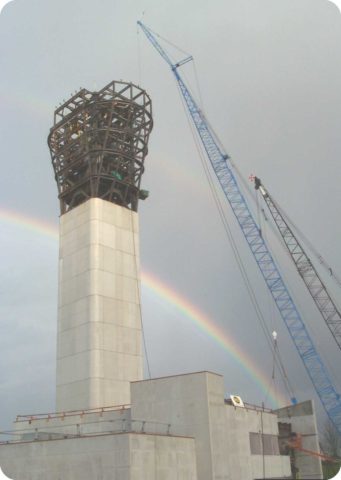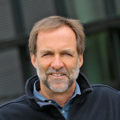Find an office location
More than 175 offices from coast to coast.

To protect buildings and their occupants, Terracon’s approach on structural steel projects is to form a close working partnership between our project inspectors and structural engineers.
Communication on these complex projects is key. Pre-fabrication and pre-erection meetings should be mandated to be sure that all team members (general contractor, inspector, fabricator, erector, and structural engineer) understand the requirements. These meetings are a good opportunity for the structural engineer to review the important aspects of the structural steel design, such as critical components like brace frames and moment frames. Opening communication between inspectors and structural engineers saves time, allowing the inspector to help clarify project requirements, when questions come up during construction.
Welding procedures, applicable to the project, must be submitted and approved by the structural engineer. Many structural engineers do not have the expertise to review welding procedures, and will utilize other consultants to advise and recommend acceptance. Terracon has in-house welding experts to perform this welding procedure review.
It is very important that structural components such as brace frames, moment frames, and other elements are installed in the proper location, within specified tolerances. For upgrades in existing structures, there can often be existing conditions that interfere with the placement of the new structural steel members.
Inspectors must carefully detail any fit-up issues in the inspection report. The inspector needs to make sure that the contractor accurately describes nonconforming issues in Requests For Information (RFI) forms and submits them to the structural engineer for clarification and/or approved fixes. Inspectors are required to be certified by the American Welding Society and/or the International Code Counsel and also need to be certified to perform, when required, nondestructive testing, such as ultrasonic or magnetic particle testing on welds. These certifications require a high level of training and expertise.
A welding inspector must measure the size and length of every structural weld. Field welds on brace frames are critical. These welds are often welded out of position or can be undersized if there is a gap between the tube and gusset plate. The fillet weld size must be increased by the size of the gap. The alignment tolerances of the brace frame tubes are also critical and are usually detailed on the structural drawings. There is often an erection bolt through the tube and gusset plate. If the erector can’t get the erection bolt through the hole, there is likely an alignment issue that requires an RFI.
When welding new structural steel to existing structural steel, the existing steel must be cleaned to bare steel prior to welding. Welding through coatings such as paint and galvanizing can lead to weld cracking and lack of weld fusion.
When structural steel inspection is a required part of the project, it is important to build a collaborative team. Structural steel and welding inspectors must have a high level of expertise and good communication skills. At Terracon, our materials professionals add value to your project at any stage. By joining your team early in the design process, we can identify, evaluate and recommend the right materials selection, welding procedures, and nondestructive testing, optimizing them for the project, which can speed construction and reduce costs.

More than 175 offices from coast to coast.